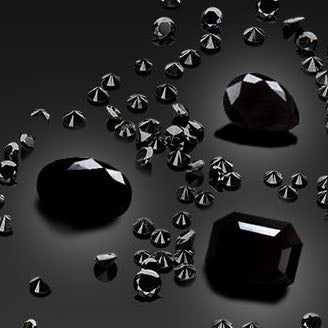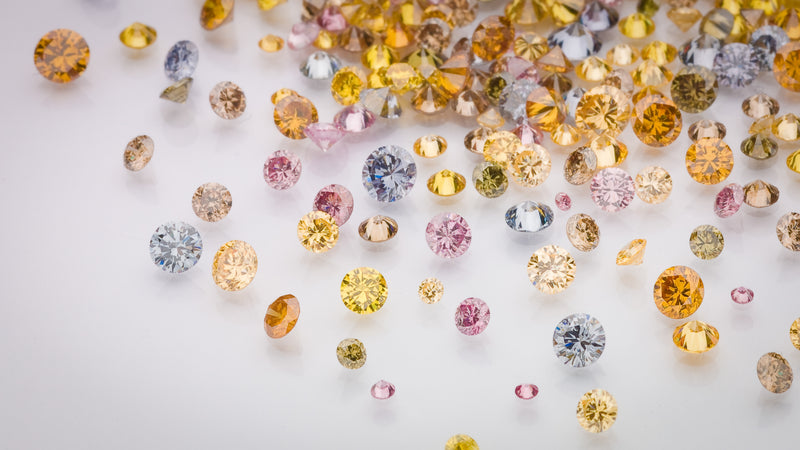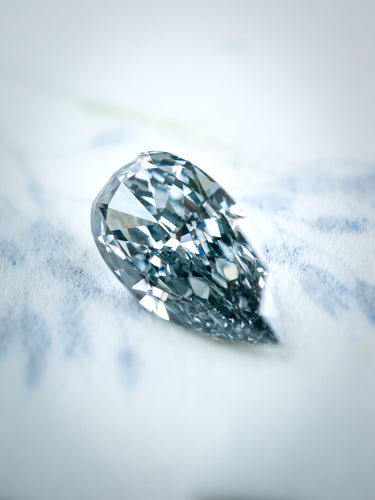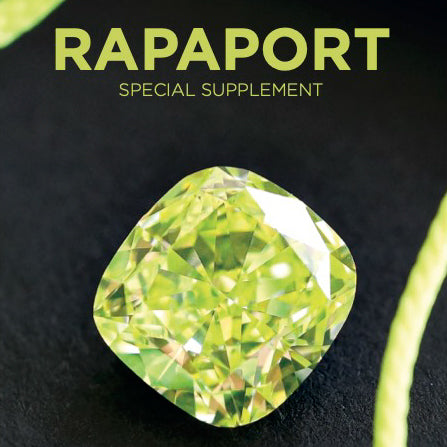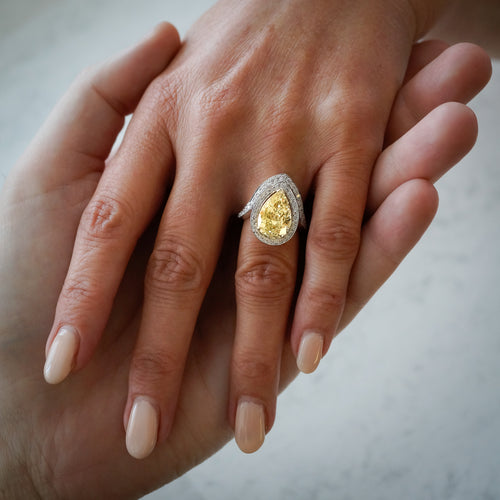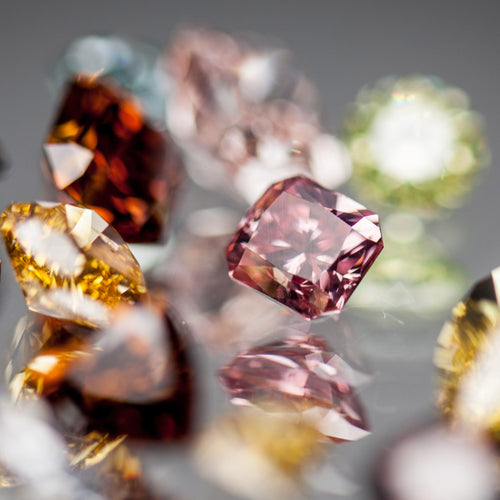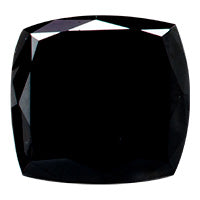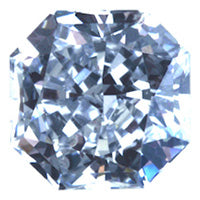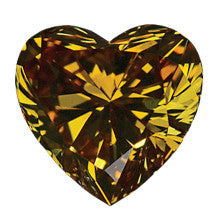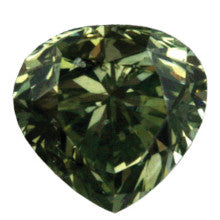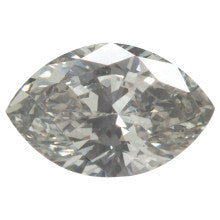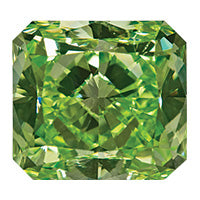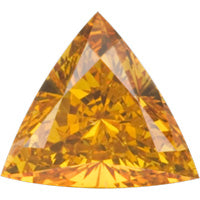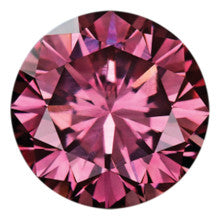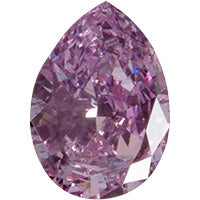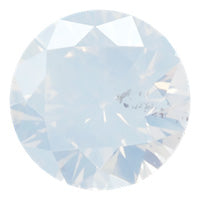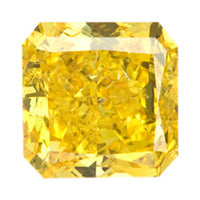Chameleon diamonds are among the rarest and most mysterious natural color diamonds on Earth. True to their name, they can temporarily change color in response to heat or light conditions. These rare gems are typically a blend of green, yellow, gray, and brown hues that shift to a brighter yellow, orange, or olive tone under specific conditions. Their magical transformation and inherent rarity make them sought after by collectors and connoisseurs alike.
Browse Natural Color Chameleon Diamonds
The Rare
Natural Phenomenon of Chameleon Diamonds
At Langerman Diamonds, we are proud to offer one of the world’s most extensive selections of natural color diamonds, including a curated collection of chameleon diamonds. Formed over millions of years, these diamonds contain unique impurities such as hydrogen and nitrogen that give rise to their color-shifting properties. Whether you're seeking a conversation-starting jewel or a one-of-a-kind investment, chameleon diamonds offer a rare opportunity to own a true marvel of nature.
If you’re intrigued by the idea of a diamond that can change color, our experts are happy to help you find the perfect stone. Please get in touch for guidance or to arrange a viewing.
How Rare are Chameleon Diamonds?
Chameleon diamonds are extremely rare. Only a small fraction of natural diamonds display the chameleon effect. These stones are typically classified by the Gemological Institute of America (GIA) with a comment in the grading report noting their ability to temporarily change color. They are most often found in greenish yellow hues with gray or brown modifiers and tend to appear in Fancy, Fancy Deep, or Fancy Dark color grades.
What Are the Mechanics Behind Chameleon Diamonds Changing Colour?
Chameleon diamonds change color through two main processes: thermochromism and photochromism. Thermochromism is a temporary color change triggered by heat, typically when a diamond is gently heated to around 150°C. Photochromism occurs after extended periods in total darkness, often requiring several days or weeks. When brought back into light, the diamond shifts color, usually within minutes. These changes are reversible and do not damage the diamond.
Scientists believe this phenomenon is caused by specific combinations of defects in the diamond's atomic structure. This is mainly through nitrogen-related and hydrogen-related impurities. When exposed to heat or light, these defects alter the way the diamond absorbs and transmits light, producing a dramatic color shift.
Are Chameleon Diamonds Fluorescent?
Chameleon diamonds are known for their unusual and strong fluorescent and phosphorescent properties. Under longwave UV light, most will fluoresce yellow or orange. Under shortwave UV light, they often exhibit an even stronger fluorescence, followed by phosphorescence—a glowing effect that can last several minutes to over an hour after the UV source is removed.
These unique responses to ultraviolet light are part of what distinguishes chameleon diamonds from other natural green diamonds. In fact, fluorescence and phosphorescence are two of the key gemological tests used to identify them.
Is a Chameleon Diamond Good for an Engagement Ring?
A chameleon diamond makes for an unforgettable engagement ring choice. Beyond its durability, which is equivalent to that of colorless diamonds—it offers a poetic symbolism of transformation, adaptability, and depth. Its unusual beauty and the rarity of its color-change effect make it a meaningful alternative to more traditional stones.
However, because chameleon diamonds are rare and generally not found in intense saturations, they are often best set in styles that highlight their shifting hues—such as halos or mixed-gem designs. Langerman can help you design a custom piece that showcases your chameleon diamond to full effect.
Are There Different Types of Chameleon Diamonds?
Chameleon diamonds are generally divided into two types: Classic and Reverse.
Classic chameleons change from an olive green or gray-green hue to a brighter yellow or orangey-yellow color when heated or exposed to light after darkness.
Reverse chameleons display the opposite behavior: they darken when stored in the dark and are generally unaffected by heat.
This classification is based on their observed responses to environmental changes, and each type may have subtle differences in fluorescence and structure.
Where Are Chameleon Diamonds Found?
Chameleon diamonds have been sourced from several regions around the world, including:
South Africa - Premier Mine (Cullinan Mine) and Jwaneng Mine (technically in Botswana but associated with similar geological formations) are major sources.
Democratic Republic of the Congo (DRC) - The DRC is another notable source. Some chameleon diamonds from here display more intense or unique color-changing behavior.
Brazil - Brazil produces a smaller number of chameleon diamonds, often with slightly different impurity profiles and color shifts.
Sierra Leone and Ghana - West African mines also occasionally produce chameleon diamonds, although they are much rarer from these regions.
How Are Chameleon Diamonds Graded?
Chameleon diamonds are graded like other fancy color diamonds, using the GIA’s colored diamond scale. However, gemologists focus on the diamond’s stable color—not the color it temporarily shifts to. Common color grades include Fancy Gray-Yellowish Green, Fancy Dark Gray-Greenish Yellow, or Fancy Deep Greenish Yellow.
If a diamond qualifies as a chameleon, this will be noted in the gemological report. There is no separate grading category for "chameleon"—it is a recognized phenomenon, not a color grade.
Are Chameleon Diamonds a Good Investment?
For collectors seeking uniqueness, chameleon diamonds are a smart investment. Their scarcity and distinctiveness place them in a category of their own, attracting strong interest from gem enthusiasts. While they are generally more affordable than pink or blue diamonds, large or particularly vibrant chameleon stones can command high per-carat values.
Contact Us
Chameleon diamonds are a beautiful paradox: ancient yet dynamic, rare yet versatile. Their ability to transform—both visually and symbolically—makes them a precious jem unlike any other. At Langerman Diamonds, we celebrate these exceptional stones for what they are: nature’s color-changing masterpieces. Whether you're searching for a once-in-a-lifetime engagement ring or a captivating addition to your collection, our expert team is ready to help you discover the magic of a chameleon diamond.
Contact us today to explore our collection or speak with a gem expert.

